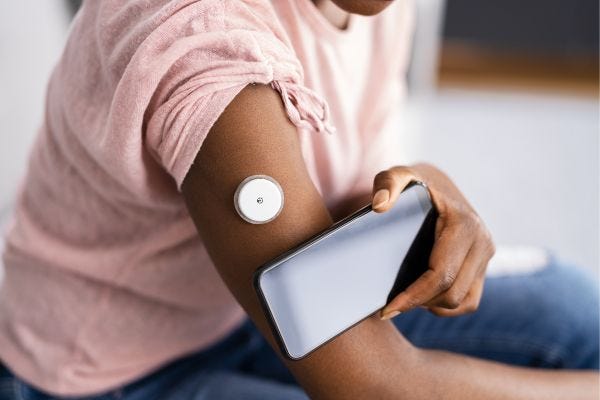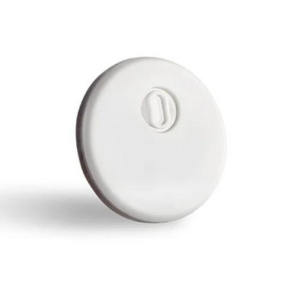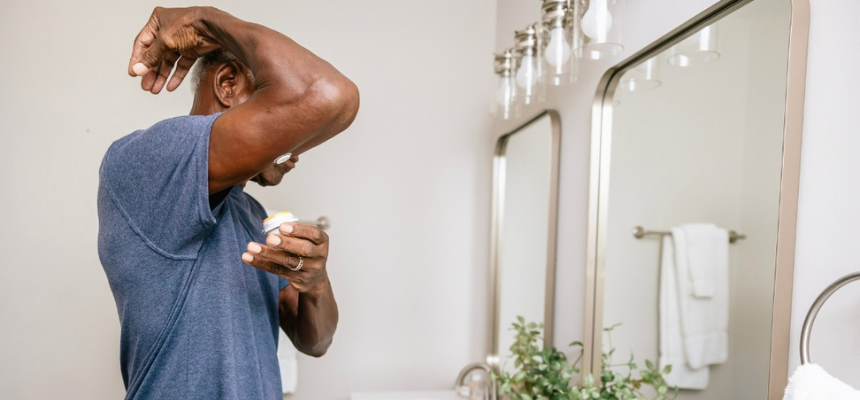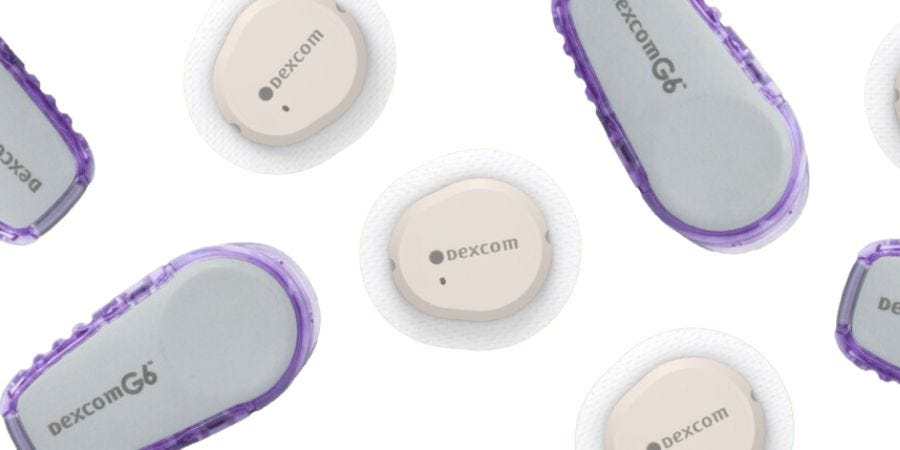Key Takeaways:
- The FreeStyle Libre 2 System and FreeStyle Libre 3 System have many differences and similarities that may affect your diabetes management.
- You may qualify to receive continuous glucose monitors at low cost with Medicare and Aeroflow Diabetes.
Managing diabetes requires precision, vigilance, and the right tools. Among these tools, continuous glucose monitoring (CGM) systems have emerged as a game-changer, offering real-time insights into glucose levels.
There are 2 prominent contenders: The FreeStyle Libre 2 System and the FreeStyle Libre 3 System. Understanding their differences and similarities is essential if you're navigating the complexities of diabetes management.
Use this article to determine which FreeStyle Libre System is the best CGM for you.
The Differences
Flash Monitoring Vs. Automatic Data Pushing
FreeStyle Libre 2 System is the only true flash monitoring device on the market. "Flash monitoring" is a term that describes the process of scanning the CGM sensor on your arm with either the reader or a compatible smartphone every time you wish to retrieve your glucose readings.
FreeStyle Libre 3 System constantly transmits your glucose readings directly to your reader or phone without having to scan the sensor each time. If using the Libre 3 reader, you only have to turn the reader on and press "View Glucose" on the home screen to see your reading. If you're using the phone app, readings appear on the screen as soon as you open the app.


The FreeStyle Libre 3 System is better for those who want to avoid scanning their sensor each time they need readings.
Updated Readings
Both FreeStyle Libre 2 and 3 Systems update glucose readings every minute.
However, while both create a graph that provides a history of your readings, the FreeStyle Libre 2 System updates graph readings every 15 minutes. In comparison, the FreeStyle Libre 3 System updates the graph every 5 minutes.
The FreeStyle Libre 3 System is better for those who want more glucose reading updates.
Accuracy
According to Abbott (the manufacturer), the FreeStyle Libre 3 System is more accurate than the FreeStyle Libre 2 System.
The FreeStyle Libre 3 System is better for those who want more precise accuracy in their glucose readings.
Sensor Memory
The FreeStyle Libre 2 System sensor only stores 8 hours of readings in the sensor. This means that if you don't scan the sensor every 8 hours, you may see broken lines on your graph, representing lost data.
The FreeStyle Libre 3 System stores 14 days of data in the sensor. This means that if you're away from whichever device you're using to view readings (phone or reader) for any length of time when you do get back into range, the sensor will automatically send all the data to "backfill" the graph on your device.
The FreeStyle Libre 3 System is better for those who want to store glucose reading data for longer than 8 hours.
Range
The FreeStyle Libre 2 System's range is 20 feet, so you must be within your reader or phone range to receive alarms; however, because the FreeStyle Libre 2 System is a flash glucose monitoring device, the range only matters regarding alarms. So, if you're more than 20 feet away from your reader or phone for more than 8 hours, you will miss any notifications that may have occurred and have blank spaces on your graph line representing a loss of some data.
The FreeStyle Libre 3 System requires you to stay in the range of 33 feet to send glucose readings and glucose alarms to your reader or phone. You could, in theory, start the sensor on your device and stay more than 33 feet away from it for the next 14 days, and when you pick it back up, after a short time, all the glucose data that the sensor stored for the last 14 days would transfer to your reader or phone.
The FreeStyle Libre 3 System is better for those who want to receive readings at a more extended range.
Sensor Size
The FreeStyle Libre 2 System is the same thickness as 2 stacked quarters, while the FreeStyle Libre 3 System is smaller than 2 stacked pennies.
The FreeStyle Libre 3 System is better for those who want a smaller sensor.
The Similarities
14-Day Use
Both the FreeStyle Libre 2 System and the FreeStyle Libre 3 System are designed for 14 days of use.
Placement
Both systems are only approved for placement on the back of the arm.
Reader Size
The FreeStyle Libre 2 System and the FreeStyle Libre 3 System readers are the same size and shape.
Lifespan
Both systems are rechargeable, come with a cable and wall plug, and last a relatively long time between charges. However, some users complain that the FreeStyle Libre 3 System only holds a charge for a short time, and that's likely because data is constantly being sent to the reader. In contrast, the FreeStyle Libre 2 System only scans the sensor when needed.


Which FreeStyle Libre CGM System Is Right for Me?
It's difficult to say which CGM is suitable for each individual. You should speak with your healthcare provider for suggestions, as they will most likely recommend a CGM for you and your unique needs that fits into your diabetes management plan.
But here's our summary.
- The FreeStyle Libre 2 System does have some advantages (not many) over the FreeStyle Libre 3 System. For example, when you scan the sensor on a FreeStyle Libre 2 System, it automatically stores that reading in the "Logbook" so that you can go back and look at those readings in the "Review History" heading.
- The FreeStyle Libre 2 System allows you to add information, such as insulin doses, activity, and health, which will show up on the graph and are a useful additional data point for your healthcare provider to interpret. However, this is only useful if you make these entries every time you use insulin, feel unwell, or exercise.
- If you are forgetful about checking glucose readings or taking your reader or phone with you, we suggest using the FreeStyle Libre 3 System because of its ability to record 14 days of readings in the sensor, as opposed to only 8 hours for the FreeStyle Libre 2 System.
- If you want to see your glucose reading history in a list form, then the FreeStyle Libre 2 System might suit you best.
- The FreeStyle Libre 3 System is best for accuracy.
- The main advantage of the FreeStyle Libre 2 System is, in our opinion, is simply the logbook.
How Can I Get FreeStyle Libre 2 or 3 Systems With Medicare?
Whichever CGM you choose for glucose monitoring, you should check if you're eligible to receive it at low cost through your health insurance plan and Aeroflow Diabetes!
To be eligible for a CGM through Medicare, you'll need to meet the following requirements:
- Have a diabetes diagnosis.
- Inject insulin at least 1x daily.
- See a healthcare provider at least every 6 months.
Fill out our secure Eligibility Form today to see if you qualify for low-cost CGMs through Medicare.
Disclaimer
Information provided on the Aeroflow Diabetes website is not intended as a substitute for medical advice or care from a healthcare professional. Aeroflow recommends consulting your healthcare provider if you are experiencing medical issues relating to diabetes care.










